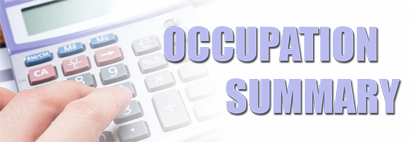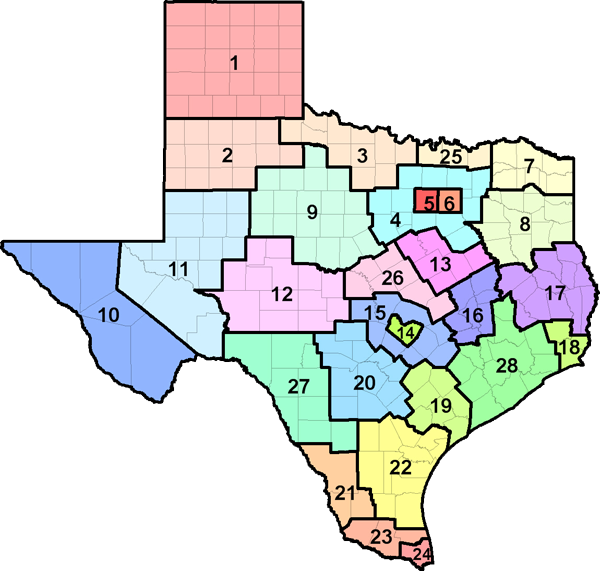The U.S. Department of Labor has developed an automated occupational information database, O*NET, that identifies and describes work content, work skills, and training requirements for all jobs across the country in all sectors of the economy. Much of the occupational information contained in this report is derived directly from the O*NET database, and supplemented with information from the Bureau of Labor Statistics, Census Bureau, and Labor Market and Career Information.

| Industry | % of Surveyors employed | Annual Growth Rate |
|---|---|---|
| Architectural, engineering, and related services | 70.8 | 0.15 |
| Highway, street, and bridge construction | 2.1 | 1.06 |
| 2022 Statewide average hourly wage | $32.15 |
| 2022 National average hourly wage | $34.16 |
| 2020 National employment | 46,000 |
| 2020 Texas employment | 5,008 |
| Texas projected employment by 2030 | 5,866 |
| Texas projected annual employment and Turnover openings through 2030 | 541 |

| Region | Employment | Projected Employment 2030 | Projected Annual Openings 2030 |
Annual Growth Rate |
Average Income |
|---|---|---|---|---|---|
| Texas (all regions) | 5,008 | 5,866 | 541 | 1.59% | $66,866.00 |
| Top 10 Relevant Knowledge Areas | Relevant Importance Levels |
|---|---|
| Mathematics Knowledge of arithmetic, algebra, geometry, calculus, statistics, and their applications. |
|
| Engineering and Technology Knowledge of the practical application of engineering science and technology. This includes applying principles, techniques, procedures, and equipment to the design and production of various goods and services. |
|
| Customer and Personal Service Knowledge of principles and processes for providing customer and personal services. This includes customer needs assessment, meeting quality standards for services, and evaluation of customer satisfaction. |
|
| Law and Government Knowledge of laws, legal codes, court procedures, precedents, government regulations, executive orders, agency rules, and the democratic political process. |
|
| English Language Knowledge of the structure and content of the English language including the meaning and spelling of words, rules of composition, and grammar. |
|
| Geography Knowledge of principles and methods for describing the features of land, sea, and air masses, including their physical characteristics, locations, interrelationships, and distribution of plant, animal, and human life. |
|
| Computers and Electronics Knowledge of circuit boards, processors, chips, electronic equipment, and computer hardware and software, including applications and programming. |
|
| Design Knowledge of design techniques, tools, and principles involved in production of precision technical plans, blueprints, drawings, and models. |
|
| Administration and Management Knowledge of business and management principles involved in strategic planning, resource allocation, human resources modeling, leadership technique, production methods, and coordination of people and resources. |
|
| Building and Construction Knowledge of materials, methods, and the tools involved in the construction or repair of houses, buildings, or other structures such as highways and roads. |
| Top 10 Relevant Skill Areas | Relevant Importance Levels |
|---|---|
| Mathematics Using mathematics to solve problems. |
|
| Reading Comprehension Understanding written sentences and paragraphs in work-related documents. |
|
| Critical Thinking Using logic and reasoning to identify the strengths and weaknesses of alternative solutions, conclusions, or approaches to problems. |
|
| Speaking Talking to others to convey information effectively. |
|
| Active Listening Giving full attention to what other people are saying, taking time to understand the points being made, asking questions as appropriate, and not interrupting at inappropriate times. |
|
| Writing Communicating effectively in writing as appropriate for the needs of the audience. |
|
| Coordination Adjusting actions in relation to others' actions. |
|
| Time Management Managing one's own time and the time of others. |
|
| Judgment and Decision Making Considering the relative costs and benefits of potential actions to choose the most appropriate one. |
|
| Complex Problem Solving Identifying complex problems and reviewing related information to develop and evaluate options and implement solutions. |
| Top 10 Relevant Abilities | Relevant Importance Levels |
|---|---|
| Written Comprehension The ability to read and understand information and ideas presented in writing. |
|
| Deductive Reasoning The ability to apply general rules to specific problems to produce answers that make sense. |
|
| Mathematical Reasoning The ability to choose the right mathematical methods or formulas to solve a problem. |
|
| Number Facility The ability to add, subtract, multiply, or divide quickly and correctly. |
|
| Oral Comprehension The ability to listen to and understand information and ideas presented through spoken words and sentences. |
|
| Oral Expression The ability to communicate information and ideas in speaking so others will understand. |
|
| Speech Recognition The ability to identify and understand the speech of another person. |
|
| Speech Clarity The ability to speak clearly so others can understand you. |
|
| Near Vision The ability to see details at close range (within a few feet of the observer). |
|
| Written Expression The ability to communicate information and ideas in writing so others will understand. |